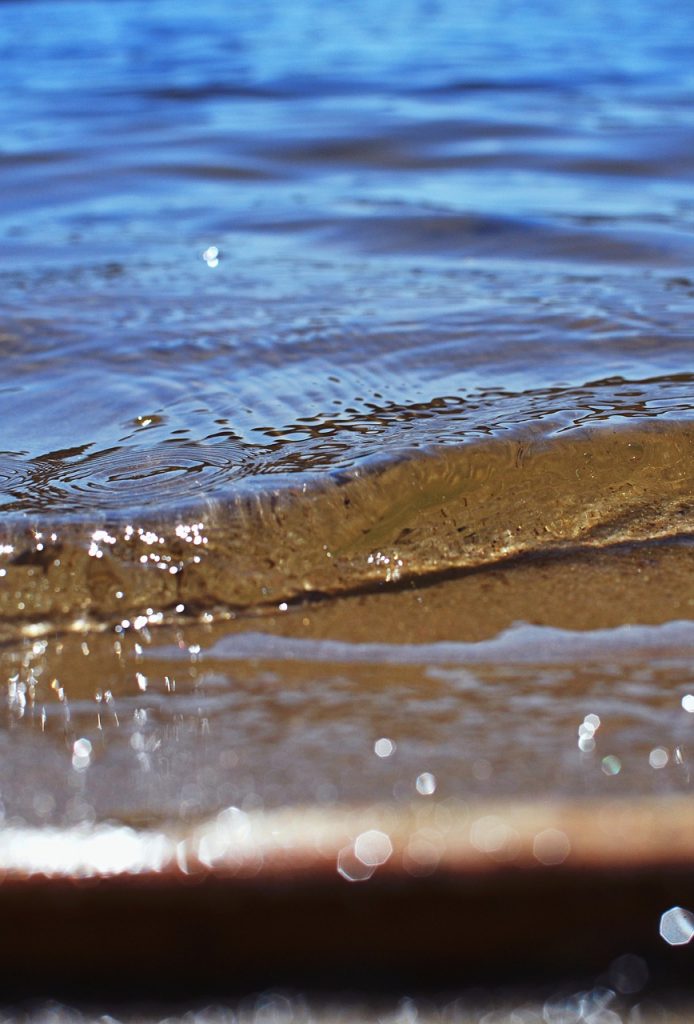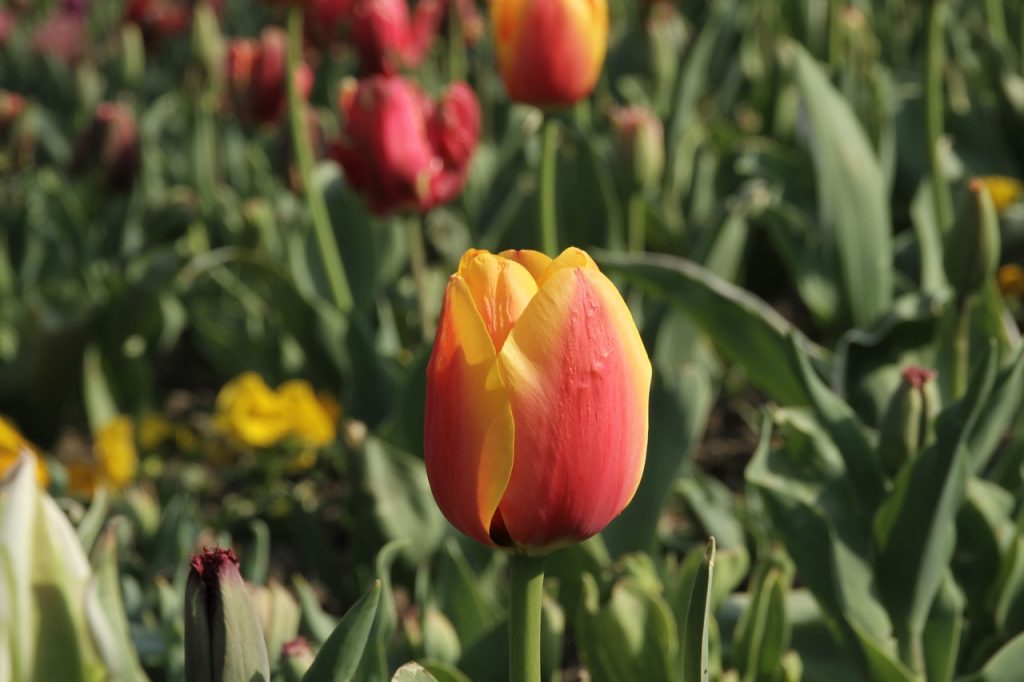Formed by the confluence of two rivers, Chandra and Bhaga, Chenab is a significant source of water for both India and Pakistan. The river flows through the Jammu region of Jammu and Kashmir into the plains of the Punjab, Pakistan. Chenab’s waters are given to Pakistan under the terms of the Indus Water Treaty. However, there’s a lot that the river has in store for everyone to know. Accordingly, let us look at some facts about the Chenab River.
20 Quick Facts about Chenab River J&K
1. In the Mahabharata, River Chenab was known as Chandrabhaga
2. Other names of the river include Asikni (Rigveda), and Krishana (Atharvaveda)
3. Ancient Greeks also Hellenized it to Sandabaga, Cantabra, and Sandrophagos
4. The river was named Chenab, probably during the early medieval times
5. Chenab is a mix of two words – Moon (Chan) and River (Aab)
6. The river has been known to Indians since the Vedic period
7. The river is a part of the Indus River System
8. Chenab’s confluence is in Tandi, located within the upper Himalayas in Lahaul and Spiti district in Himachal
9. The river’s confluence is situated at the height of 2,286 meters
10. The estimated length of the river is around 960 kilometers
11. Within Himachal Pradesh, the river runs for about 122 kilometers
12. In India, Chenab flows through Lahaul, Chamba, Kishtwar, Thathri, Doda, Ramban, and Akhnoor
13. In Pakistan, it flows through Punjab and Uch
14. Chenab’s tributaries include Sohal, Miyar Nalla, Bhut Nalla, Thirot, Lidrari, and Marusudar
15. Marusudar is Chenab’s largest tributary
16. Chenab meets the Jhelum River near Trimmu and empties into the Sutlej River, an Indus tributary
17. Indian Railways is constructing the world’s tallest railway bridge over Chenab in J&K
18. An arch bridge will be built at 359 meters above the river, which is 30-35 meters higher than the Eiffel Tower
19. India can use Chenab for domestic and agricultural use or for “non-consumptive” use like hydropower
20. India is entitled to store up to 1.2 million acre-feet of water in its projects
Chenab has a rich power generation potential in India. Some of the projects include
– Salal Dam – 690 MW hydroelectric power project near Reasi
– Pakal Dul Dam – a proposed dam on a tributary Marusudar River in Kishtwar District
– Dul Hasti Hydroelectric Plant – 390 MW type power project in Kishtwar District
– Ratle Hydroelectric Plant – an under-construction power station near Drabshalla in Kishtwar District
– Kwar Hydroelectric Power Project (540 MW proposed) located in Kishtwar district
– Kiru Hydroelectric Power Project (624 MW proposed) located in Kishtwar district
(Source – Wikipedia – https://en.wikipedia.org/wiki/Chenab_River)
Chenab is one of the most important tributaries of the Indus River. The river holds a significant place in people’s lives. It has been an important part of the Heer Ranjha and Sohni Mahiwal love stories. We hope this blog provided adequate insights on River Chenab, which is one of the lifelines of both countries.



